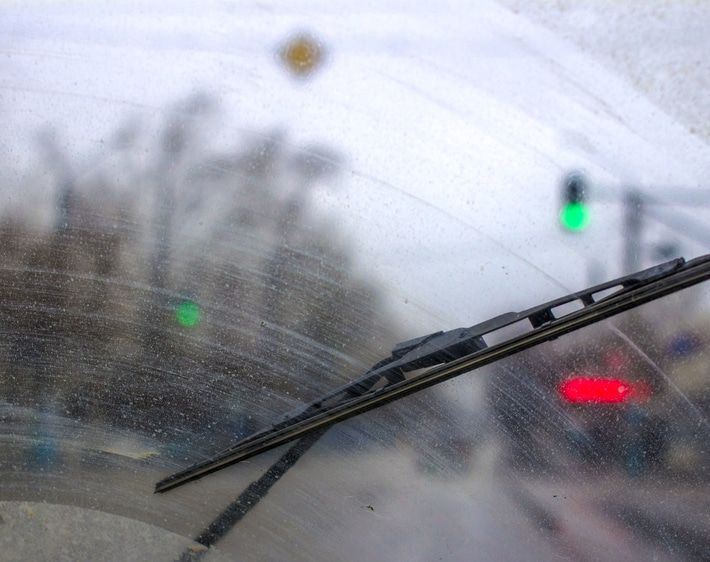Some drivers take the, "If it ain't broke, don't fix it," approach to car care. However, those drivers don't realize that following their manufacturer recommended maintenance schedule can actually help prevent damage to their engines.
If you question whether or not your manufacturer's recommendations really matter, learn how following them can help your car run newer, longer.
Why is your recommended maintenance schedule important?
According to the Auto Aftermarket Industry Association, $50 billion of auto maintenance goes unperformed every year. This “shortens the life of people’s vehicles and puts them at risk of higher future repair costs and the danger of being stranded on the side of the road,” says Tyler LeGrand, Category Manager at Bridgestone Retail Operations.
Aside from the fact that scheduled maintenance recommendations are written by the people who made your car, following it can help you:
- Save time and money by addressing minor concerns before they become major problems.
- Improve your safety on the road by monitoring the health of your car’s essential components like brakes, tires, and fluid levels.
- Maintain your car's resale value by helping keep everything from the A/C to the radiator in good working order.
- Keep a record of services that have been performed, and services that need to be scheduled next.
How to keep track of your vehicle's maintenance schedule
Reading your vehicle's owner manual is the easiest way to keep track of what maintenance needs to be done and when you should do it. However, if that’s not immediately available to you, you can check your car’s service recommendations online. Recommended maintenance falls into two basic categories depending on the type of driving you do:
Normal Maintenance
Most vehicles will undergo what's known as normal or standard maintenance. This maintenance is about getting regular services as determined by the manufacturer's guidelines. Standard maintenance is for drivers with a short commute who drive fewer than 10-12,000 miles each year without a lot of stops and starts along the way. Normal maintenance is usually for vehicles that don't go through exceptionally demanding driving conditions.
Severe Maintenance
The severe maintenance schedule is for vehicles used for extra-demanding tasks. Such tasks include long-distance driving in stop-and-go traffic, off-roading, and heavy towing and hauling. Cars driven under these conditions will require more frequent part replacements and maintenance checks. Accordingly, your severe maintenance schedule doesn’t involve different types of services but rather recommends shorter periods between normal services.
Which type of maintenance does your vehicle need?
The key to taking care of your vehicle is reading your owner's manual. If you have misplaced your manual or didn't get one with your used car, you can more than likely download it from the manufacturer's website. You could also refer to the vehicle maintenance tool available on the My Firestone app. Look up your vehicle manufacturer's recommended maintenance schedule by make, model, and year of production.
If you are dealing with a mechanic or a dealership that likes to make their own maintenance recommendations, having your manual handy could be your ace in the hole for avoiding the extra cost of unnecessary repairs or for missing critical service windows.
Get the right services at the right time at Firestone Complete Auto Care.
Whether you maintain your vehicle regularly or it's been a little too long since you've had it serviced, we can help get you back on your vehicle's maintenance schedule. Our trained technicians can look up the manufacturer recommended maintenance schedule for your vehicle and help you understand the best way to maintain your car. Make an appointment at your local Firestone Complete Auto Care to get the services you need when you need them.




